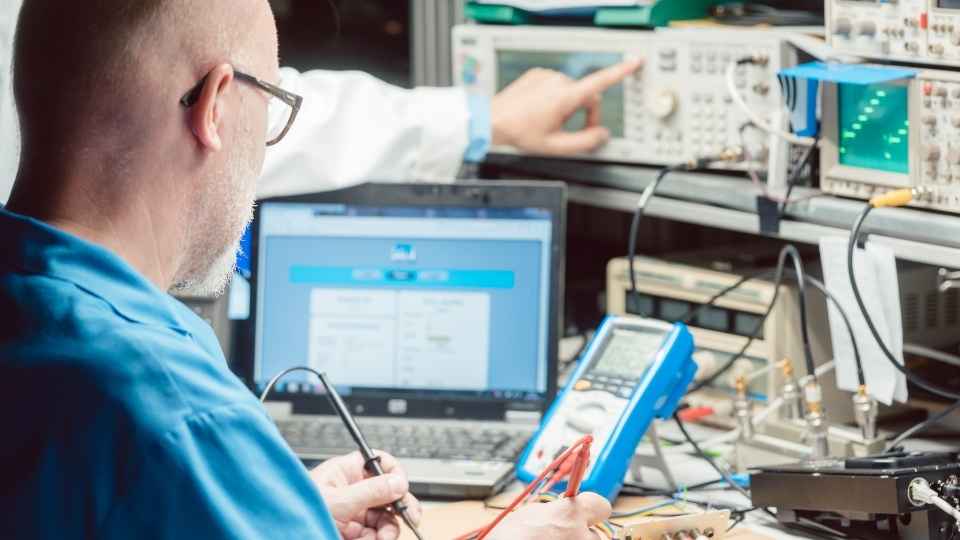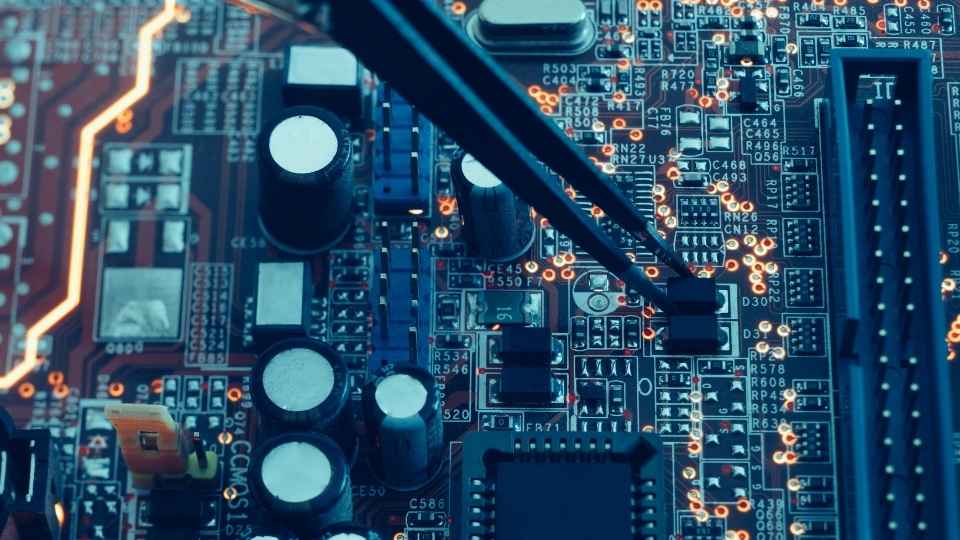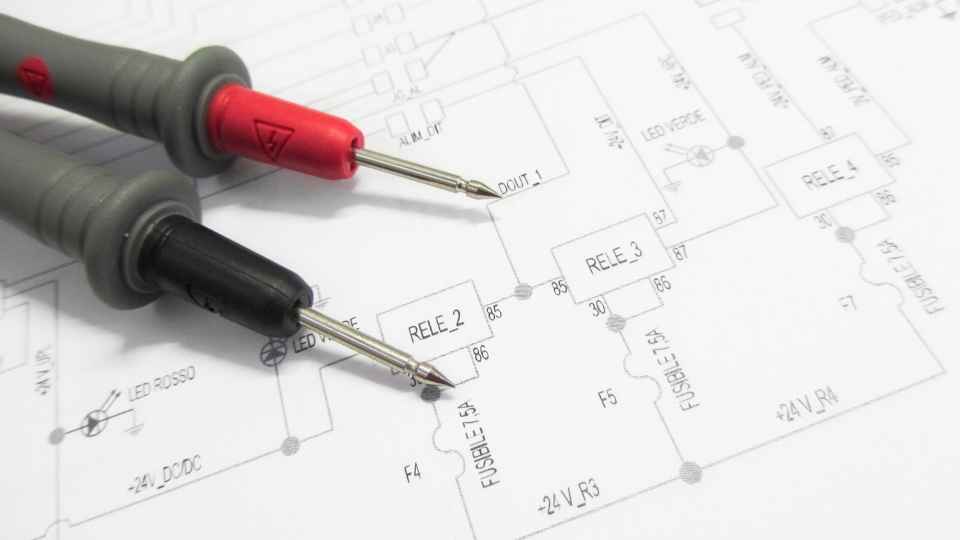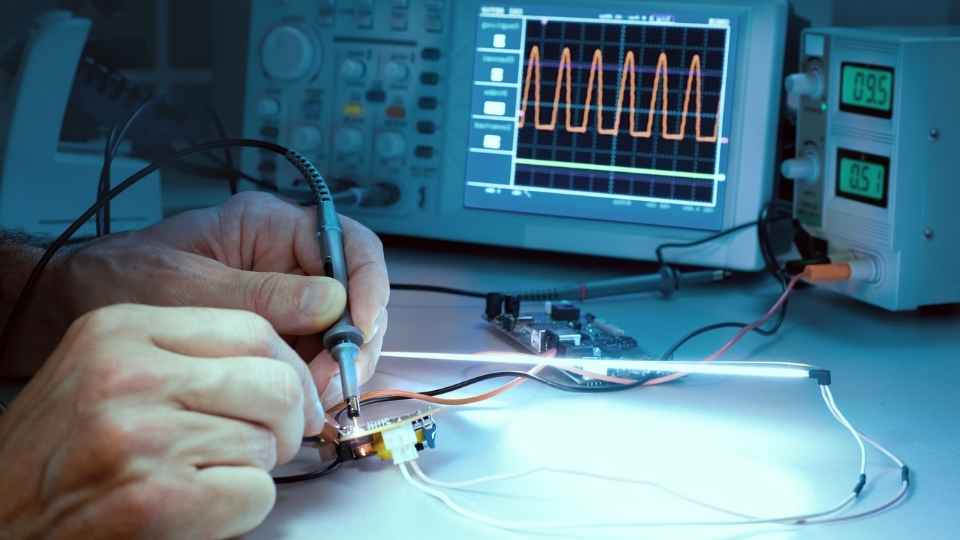
In the vast landscape of microcontrollers, one name stands out like a beacon of reliability and versatility: PIC Microcontrollers. Like a trusted household name, these tiny electronic marvels have earned their place in the MCU world through years of evolution and innovation.
Just as a master craftsman carefully selects each tool for its specific purpose, electronics engineers turn to PIC Microcontrollers for their unrivaled features and capabilities.
In this article, we will delve into the reasons behind the enduring popularity of PIC Microcontrollers, exploring their role in everyday electronics and uncovering how they unleash endless potential in DIY projects.
So sit back, relax, and let's embark on an exciting journey into the realm of PIC Microcontrollers.
Key Takeaways
- Significant advancements in processing power, memory capacity, and integrated peripherals
- Extensive set of peripherals such as ADCs, timers/counters, and communication interfaces
- Versatility, efficiency, and ease of programming as key factors for popularity
- Vast array of built-in peripherals for easy integration of sensors, actuators, and communication modules
The Evolution of PIC Microcontrollers
The evolution of PIC microcontrollers has been marked by significant advancements in processing power, memory capacity, and integrated peripherals. These improvements have propelled PIC microcontrollers into the forefront of the MCU world, making them a household name among electronics enthusiasts and professionals alike.
Over the years, manufacturers have continuously enhanced the performance capabilities of PIC microcontrollers through innovative designs and technological breakthroughs. With each new generation, these microcontrollers offer increased computational power to handle complex tasks and support sophisticated applications.
Additionally, expanded memory capacities enable developers to store larger programs and data sets for more extensive functionality. The integration of various peripherals such as analog-to-digital converters, timers, communication interfaces, and PWM modules further enhances the versatility of PIC microcontrollers for a wide range of applications.

This continuous evolution has made PIC microcontrollers a preferred choice for freedom-seeking individuals who desire utmost flexibility in their electronic systems.
Exploring the Features and Capabilities of PIC Microcontrollers
Exploring the features and capabilities of these widely recognized microcontrollers has become essential in understanding their significance within the field of embedded systems. PIC (Peripheral Interface Controller) microcontrollers, developed by Microchip Technology, are renowned for their versatility and reliability. These microcontrollers offer a wide range of features that make them suitable for various applications, including low-power consumption, high performance, and efficient memory utilization.
One key feature of PIC microcontrollers is their extensive set of peripherals, such as analog-to-digital converters (ADCs), timers/counters, and communication interfaces like UART, SPI, and I2C. This allows engineers to easily interface with external devices or sensors.
Programmability is another significant advantage of PIC microcontrollers. With MPLAB X IDE (Integrated Development Environment), developers can write code using C or assembly language to control the behavior of the microcontroller. The IDE offers advanced debugging tools that aid in identifying and fixing errors during development.
Furthermore, programming techniques like interrupt handling enhance real-time responsiveness in applications. By utilizing interrupts effectively, engineers can ensure timely execution of critical tasks while efficiently managing system resources.
The Role of PIC Microcontrollers in Everyday Electronics
One cannot ignore the significant impact of PIC microcontrollers on the functionality and performance of everyday electronic devices. These small, powerful devices have revolutionized the way we interact with technology, enabling a wide range of applications in various industries.
Here are three reasons why PIC microcontrollers are a household name in the MCU world:

Versatility: PIC microcontrollers offer a wide range of features and capabilities that can be customized to suit specific needs. From controlling simple household appliances to complex industrial systems, these microcontrollers provide the flexibility required for diverse applications.
Efficiency: With their low power consumption and efficient processing capabilities, PIC microcontrollers optimize energy usage while delivering high performance. This makes them ideal for battery-powered devices or applications where energy efficiency is critical.
Ease of programming: Programming a PIC microcontroller is made easy with software tools like MPLAB X IDE. This integrated development environment provides a user-friendly interface and supports various programming languages, allowing developers to easily write code and debug their applications.
Understanding the Popularity of PIC Microcontrollers in the MCU World
Understanding the reasons behind the widespread adoption of PIC microcontrollers in the world of embedded systems requires an examination of their versatility, efficiency, and ease of programming.
PIC microcontrollers, developed by Microchip Technology Inc., have become a household name due to their ability to perform a wide range of tasks efficiently. These microcontrollers offer a vast array of features including analog and digital peripherals, memory options, and communication interfaces. They are designed with low power consumption in mind, making them ideal for battery-powered applications.
Additionally, PIC microcontrollers can be programmed using MPLAB X IDE, a user-friendly integrated development environment that supports multiple programming languages. The availability of comprehensive documentation and extensive community support further contributes to their popularity among developers and hobbyists alike.
Unleashing the Potential of PIC Microcontrollers in DIY Projects
To fully harness the capabilities of PIC microcontrollers in do-it-yourself (DIY) projects, developers can leverage their versatility and user-friendly programming environment to create innovative and customized solutions. Here are three reasons why PIC microcontrollers are an excellent choice for DIY projects:

Vast array of peripherals: PIC microcontrollers offer a wide range of built-in peripherals such as analog-to-digital converters, timers, UARTs, and GPIOs. These peripherals simplify the integration of various sensors, actuators, and communication modules into DIY projects.
MPLAB X IDE: The MPLAB X Integrated Development Environment (IDE) provides a powerful platform for programming and debugging PIC microcontrollers. Its intuitive interface and extensive libraries enable developers to write efficient code with ease.
Programming techniques: With PIC microcontrollers, developers have access to a variety of programming techniques including C language, assembly language, or a combination of both. This flexibility allows programmers to optimize code execution speed and memory usage according to project requirements.
Frequently Asked Questions
How Do PIC Microcontrollers Compare to Other Types of Microcontrollers in Terms of Cost and Availability?
PIC microcontrollers offer a cost-effective and readily available solution for embedded systems. Their affordable price point and wide availability make them a popular choice among developers.
Can PIC Microcontrollers Be Programmed Using Popular Programming Languages Like C++ or Python?
Yes, PIC microcontrollers can be programmed using popular programming languages like C++ or Python. This flexibility allows developers to leverage their existing knowledge and skills while working with PIC microcontrollers for various applications in the MCU world.
PIC microcontrollers are suitable for use in high-performance applications due to their advanced features and capabilities. They offer efficient processing power, extensive input/output options, and support for various programming languages such as C++ and Python.
What Are the Key Differences Between PIC Microcontrollers and Arduino Boards in Terms of Functionality and Application?
In terms of functionality and application, key differences between PIC microcontrollers and Arduino boards include their programming languages, development environments, and hardware capabilities. These factors impact their suitability for various projects and determine the level of customization and complexity achievable.

Are There Any Specific Limitations or Drawbacks of Using PIC Microcontrollers That Developers Should Be Aware Of?
Developers should be aware of certain limitations when using PIC microcontrollers, such as limited memory and processing power compared to other microcontroller options. However, with proper optimization techniques and efficient programming, these drawbacks can be mitigated effectively.
 Basic Electronics ConceptsEssential ToolsCircuit Design BasicsMicrocontrollersDIY Electronics ProjectsRoboticsPrivacy PolicyTerms And Conditions
Basic Electronics ConceptsEssential ToolsCircuit Design BasicsMicrocontrollersDIY Electronics ProjectsRoboticsPrivacy PolicyTerms And Conditions
